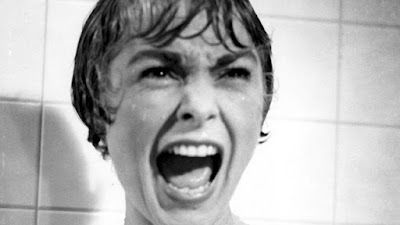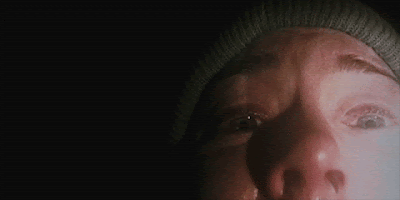Representation of Gender in Horror Films
Representation of Gender
Throughout history and even today, the stereotypical representation of women is that they are vulnerable, naïve and weak. This is coupled with the hegemonic femininity that is portrayed through costume and by having a hypersexual damsel in distress protagonist. In the past, it was most common for women to be the sexual objects prancing around in nothing but a towel screaming before being brutally murdered, a good example is the infamous shower scene in Psycho.
 Due to the rise in feminism in the 1970s, the final girl archetype became more common in films such as Scream and Final Destination, representing women in a more powerful and intelligent light whereby they had the power to outsmart the killer and therefore win. Another representation in the 1970s that has began to change is that any women who were sexually active were killed off, usually instantly, whereas the men where and are still often praised for their sexual activity in horror films as a way of protecting a man's masculinity. The female lead in Scream, marks a pivotal point in the change of women's representations as she was one of the first non-virgins to survive the killer. The audience for watching horror films began to equalise between men and women and therefore to encourage more females to watch, they began to make the female roles more powerful and as feminism grew, sexist views were no longer legal to be portrayed in the film industry.
Due to the rise in feminism in the 1970s, the final girl archetype became more common in films such as Scream and Final Destination, representing women in a more powerful and intelligent light whereby they had the power to outsmart the killer and therefore win. Another representation in the 1970s that has began to change is that any women who were sexually active were killed off, usually instantly, whereas the men where and are still often praised for their sexual activity in horror films as a way of protecting a man's masculinity. The female lead in Scream, marks a pivotal point in the change of women's representations as she was one of the first non-virgins to survive the killer. The audience for watching horror films began to equalise between men and women and therefore to encourage more females to watch, they began to make the female roles more powerful and as feminism grew, sexist views were no longer legal to be portrayed in the film industry.
In addition, men in horror films are conventionally represented as the hero and the women as the victim. However men are also typically represented as the killer therefore in both representations are in the position of power over the women. Traditional stereotypes associated with the horror genre is that the men are capable of triumphing over evil in conquest to defeat the evil antagonist. This stereotype can be one that men hope they can relate to, therefore enjoy the film and as for women it is one that they can lust over. Another stereotypical convention of women is that they are over-emotional and react hysterically. In many films, this character is that ones that will be incapable of moving when a thrilling event takes lace and remains shell shocked, resulting in imminent death or being saved by the male hero. A less conventional representation of gender that is commonly used in the Saw movies, is that the men and women work hand in hand as opposed to having a stereotypical male hero or a more common final girl, whereby they overcome death or kill off the evil character by working together.




Comments
Post a Comment